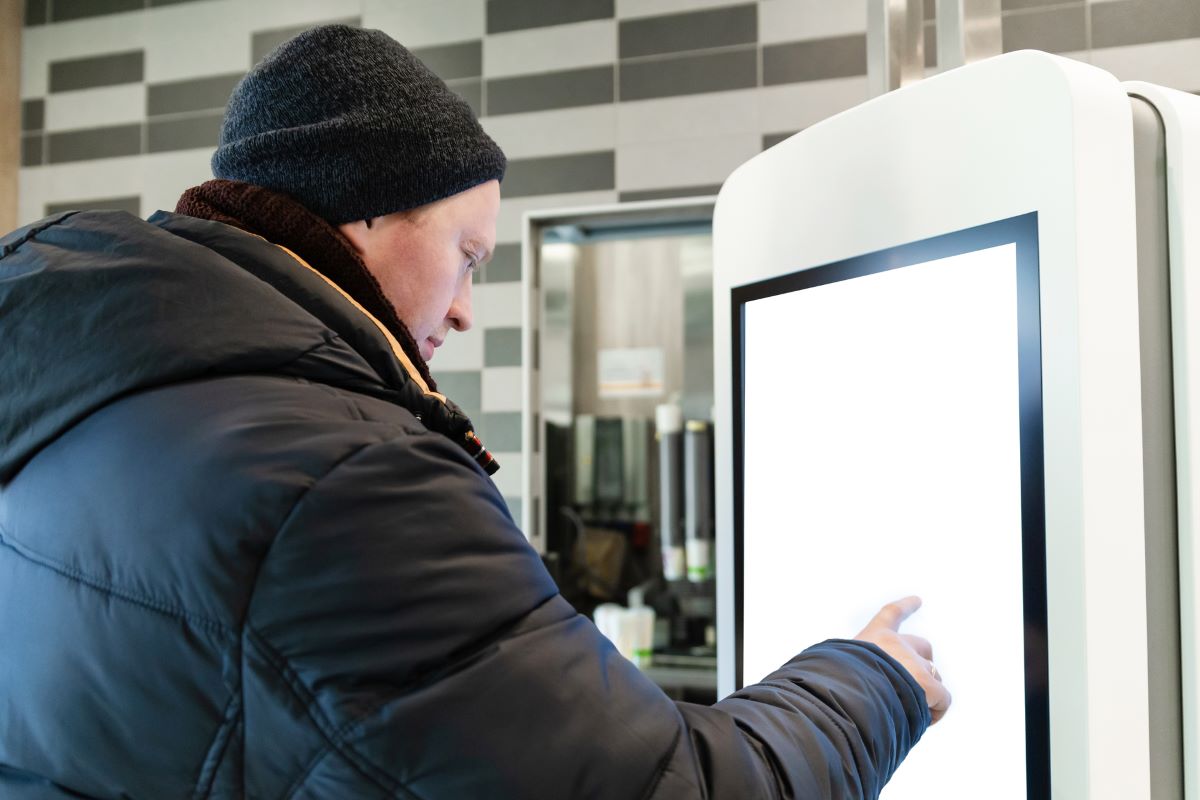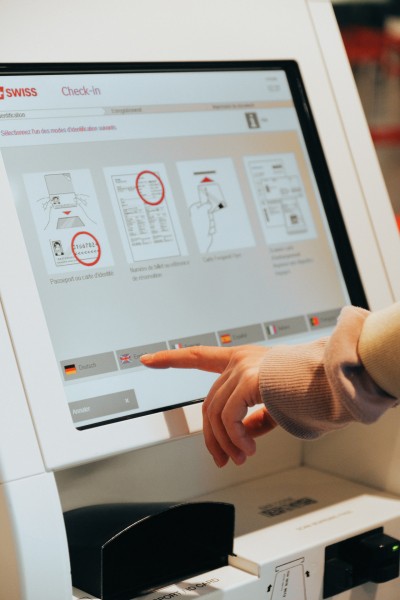
Interactive touch apps
When having visitors, you probably have a lot of information to provide them with. However, conveying this information is not as easy as it seems. How do you really attract your visitors' attention and exchange information in a creative way?
The digital way
Digital signage is the future. Actually, it is the present. At McDonald’s you’re the owner of your order, at the train station you check departure times real-time and in the waiting room you read the latest news from screens. Digital signage generally consists of all screens that display some sort of information. It’s not surprising that our world is digitizing, since: digital screens are viewed 400% more than static signs, improve brand awareness by nearly 50% and ensure the message sticks with 83% of visitors. McDonald’s has therefore created a digital customer engagement team, and seen a 23% increase in digital orders the past years.
Today’s signage goes beyond what we could ever imagine. Information screens used to be kind of static. They informed people in a passive way: information was conveyed to the visitor. Today, it goes beyond that. Visitors receive information in an active way. With interactive touchscreens, they decide what information they need.

Interactivity
So-called “interactive touch apps” play an important role in this. These custom-made apps can provide all kinds of information. The most obvious example is the order kiosk at McDonald’s, that allows you to put together your own order and later collect it at the counter, but interactive touch apps can be of use in many more places. Office buildings use touchscreens to register visitors and guide them through the building. Shopping malls use them as digital floor plans that allow visitors to look up stores and request further information. In other buildings, the screens serve as interactive digital nameboards, on which companies can be located. You can even check in yourself at the airport these days! These interactive apps are of use in many more places than just the fast food restaurant. Perhaps we should all take McDonald’s as an example (in this respect).

Best of both worlds
Last but not least, passive and active can come together. Touchscreens have a two-sided function. At first glance, they serve as passive screens from which information can be read (this information can, however, be adjusted to the public and vary through the day). However, when touching these screens, they serve as touchscreens with interactive apps, that allow the visitor to look up information themselves and be responsible for what they receive. The interactive touch app is the second screen. This combination has the best of both worlds.
Wondering how interactive touch apps can be of use for you? We offer customized solutions, tailored to your specific needs. Get in touch with one of our experts for all your questions and requests.